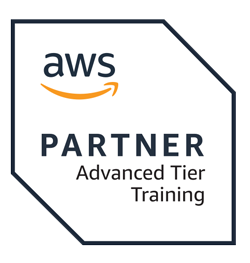This course teaches systems operators and anyone performing systems operations functions how to manage and operate automatable and repeatable deployments of networks and systems on AWS. You will learn about systems operations functions, such as installing, configuring, automating, monitoring, securing, maintaining, and troubleshooting these services, networks, and systems. The course also covers specific AWS features, tools, and best practices related to these functions.
Apart from public, instructor-led classes, we also offer private in-house trainings for organizations based on their needs. Call us at +852 2116 3328 or email us at [email protected] for more details.

In this course, you will learn to:
We recommend that attendees of this course have the following prerequisites:
This course is intended for:
This course will be delivered through a mix of:
This course will cover the following concepts on each day:
Day 1
Module 1: Introduction to Systems Operations on AWS
Module 2: Access Management
Module 3: System Discovery
Module 4: Deploy and Update Resources
Module 5: Automate Resource Deployment
Day 2
Module 6: Manage Resources
Module 7: Configure Highly Available Systems
Module 8: Automate Scaling
Module 9: Monitor and Maintain System Health
Module 10: Data Security and System Auditing
Day 3
Module 11: Operate Secure and Resilient Networks
Module 12: Mountable Storage
Module 13: Object Storage
Module 14: Cost Reporting, Alerts, and Optimization
AWS Certified SysOps Administrator – Associate